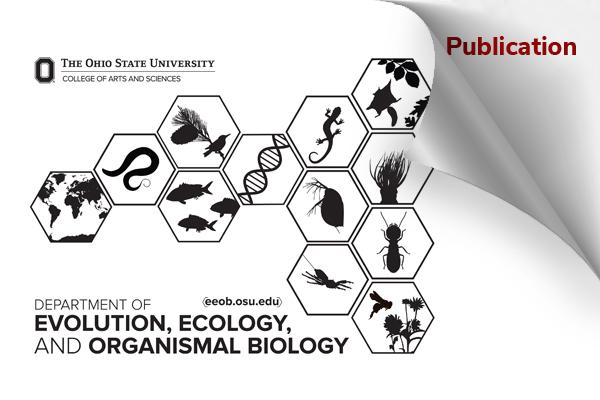EEOB Publication - Hood

Biotic and thermal drivers alter zooplankton phenology in western Lake Erie
Jenna Bailey, James M. Hood. Limnology and Oceanography Letters 2024. Link to article.
Abstract
Environmental change, particularly warming and eutrophication, can alter phenology in aquatic systems. Understanding controls on zooplankton phenology is important due to their central role in food webs. While patterns in zooplankton phenology have been well documented, we lack an understanding of how abiotic and biotic drivers influence lake zooplankton phenology during the summer. We examined the phenology of four common zooplankton taxa (Daphnia retrocurva, Skistodiaptomus oregonensis, Mesocyclops spp., Dreissenid veligers) in western Lake Erie during 1995–2022, a period with increasing eutrophication and Bythotrephes longimanus biomass. Many phenology metrics varied by 3 weeks or more from 1995 to 2022. The dominant controls of phenology were temperature and biotic factors, especially grazer-defended phytoplankton (cyanobacteria and other colonial or filamentous taxa) and the invasive predator B. longimanus, which frequently interacted. Our results show that aspects of environmental change interact to shape zooplankton phenology, which can influence phytoplankton biomass and energy flow to higher trophic levels.
